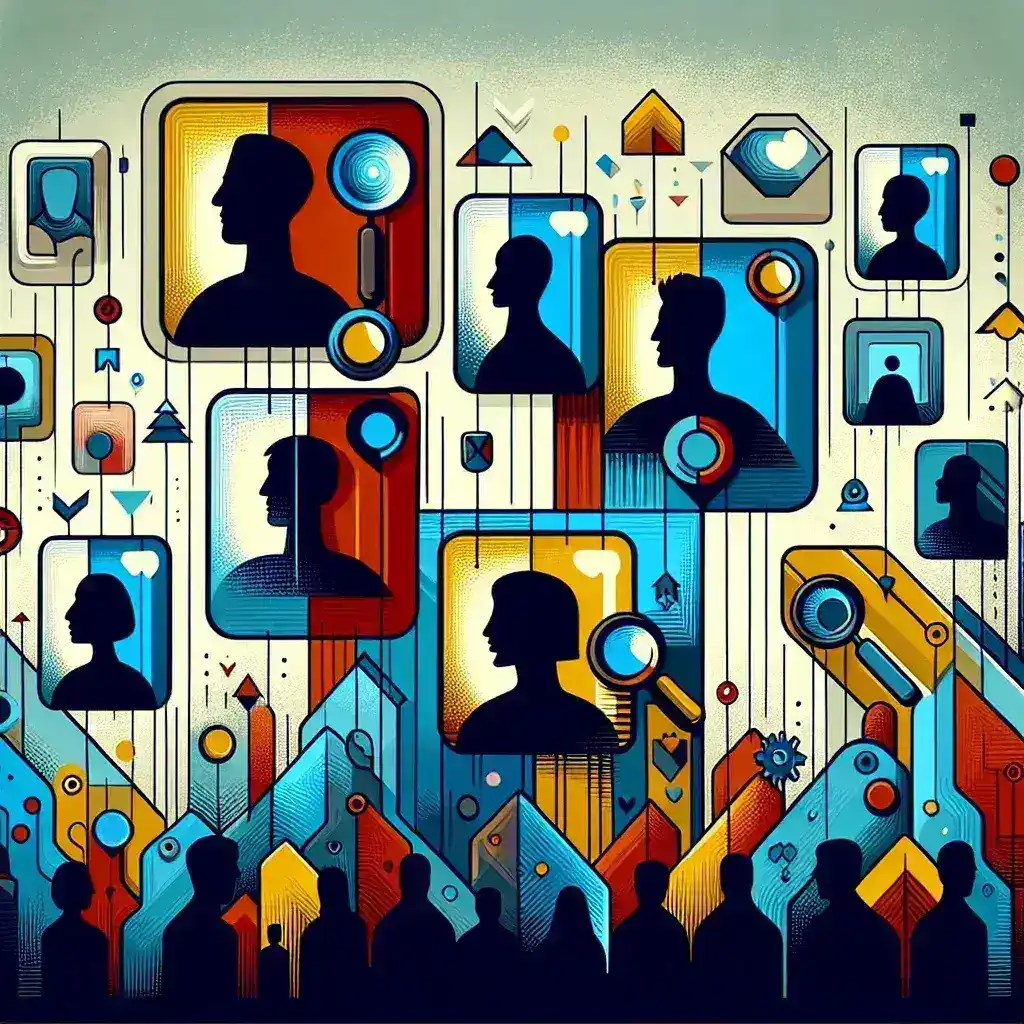If you've ever wondered how to view Instagram stories anonymously, you're in the right place. Using a story viewer is a game-changer for anyone who wants to stay incognito while browsing Instagram stories. One of the leading services in this niche is Anonyig.com, providing users with the ability to watch stories without revealing their identity.
Why Choose Anonyig.com?
Anonyig.com stands out as a top-tier service when it comes to anonymously viewing Instagram stories. The website is designed with the user in mind, offering a simple and intuitive interface that ensures a seamless experience. Here's what you can expect:
- Anonymous Browsing: Anonyig.com guarantees that you can view any Instagram story without your profile being detected.
- User-Friendly Interface: The platform is easy to navigate, making it accessible for users of all technical skill levels.
- Free to Use: The core functionalities of the site are available for free, meaning you don't have to spend a penny to enjoy anonymous story viewing.
- No Installation Required: Being a web-based tool, there's no need to download or install any software.
With these features, it's no wonder that Anonyig.com is highly recommended for anyone looking to enhance their Instagram experience without leaving a trace.
Other Handy Online Services
Fastdl.app
Another great online service is Fastdl.app, which provides quick downloads of various types of web content. From videos to images, this site ensures you save your favorite online content with ease.
Onlinevideoconverter.pro
If you need to convert videos from one format to another, Onlinevideoconverter.pro is your go-to solution. The site supports a wide range of file formats and makes conversion a breeze.
Igram.world
For those looking to download images and videos directly from Instagram, Igram.world offers a reliable and straightforward solution. No frills, just efficient downloading.
Conclusion
Whether you're interested in anonymously viewing Instagram stories or need tools for downloading and converting media, services like Anonyig.com, Fastdl.app, Onlinevideoconverter.pro, and Igram.world have got you covered. With user-friendly interfaces and robust functionalities, these platforms make online interactions more convenient and enjoyable. So why wait? Start exploring these tools today and take control of your digital activities.

